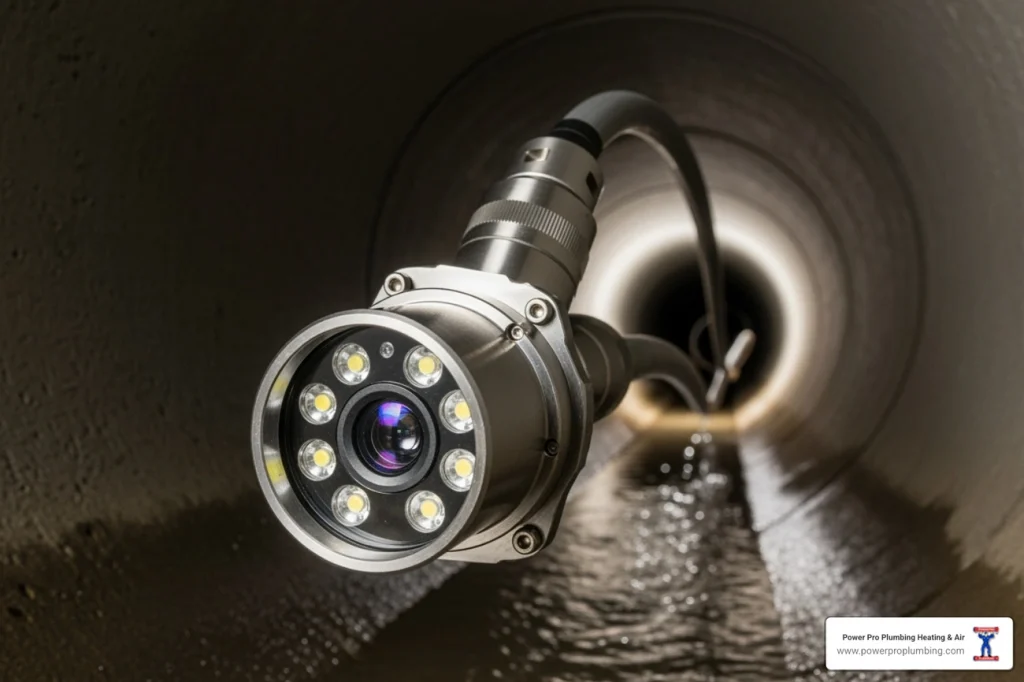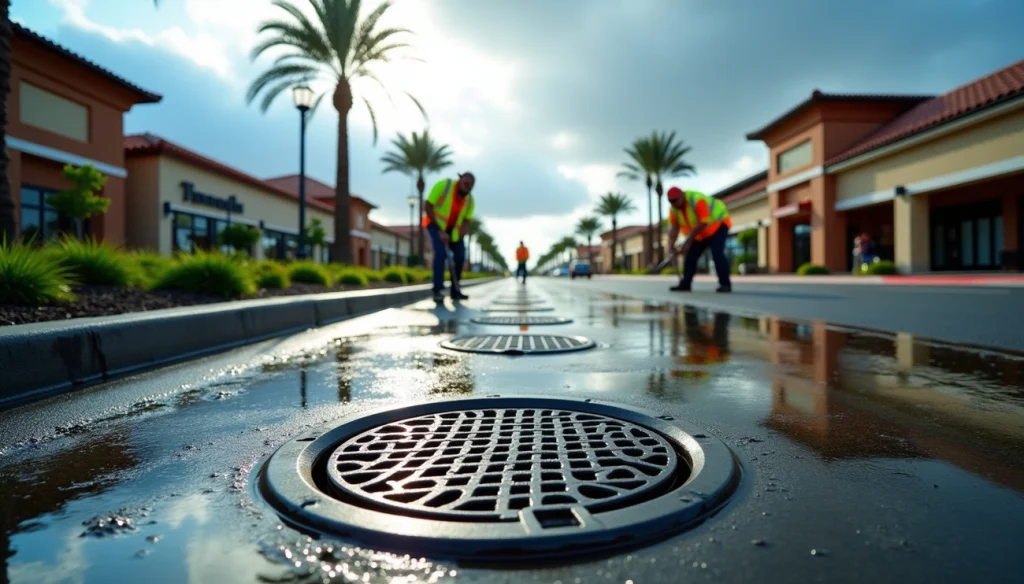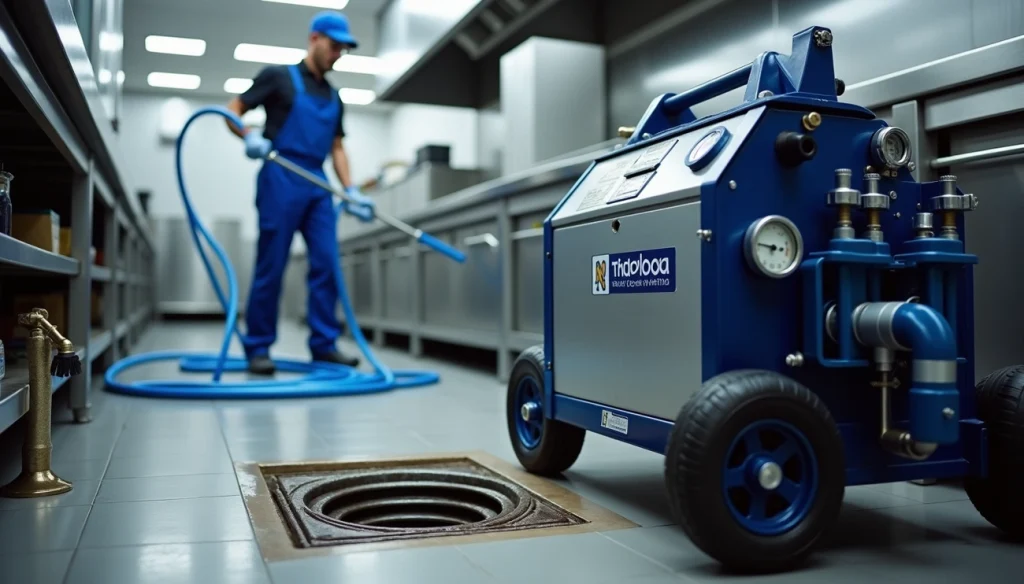Choosing the right water heater is more than a matter of comfort; it’s a crucial decision that affects the daily lives of California homeowners. With diverse options available, understanding the distinctions between tank and tankless water heaters and covering aspects like costs, benefits, and efficiency is essential. This guide aims to provide a comprehensive comparison to help you make an informed decision tailored to your needs and circumstances.
Understanding Water Heaters
Water heaters are indispensable in any home, providing the hot water necessary for showers, dishes, laundry, and more. Yet, not all water heaters are created equal, with the main contenders being tank and tankless models. Tank water heaters store and heat water in a large tank, ensuring a readily available supply.
Tankless water heaters, on the other hand, heat water on demand using high-powered burners, eliminating the need for storage and offering a continuous flow of hot water. Each type has its unique set of features, benefits, and considerations.
Pros and Cons of Tank Water Heaters
Pros:
- Lower Initial Cost: Traditional tank water heaters typically come at a lower upfront price compared to tankless options.
- Simplicity: The technology is well-understood and straightforward, making repairs and maintenance generally less complicated.
- Reliability: Provides a dependable supply of hot water with minimal fluctuation.
Cons:
- Higher Operational Costs: Due to the continuous heating process, tank water heaters can be less energy efficient, leading to higher utility bills over time.
- Space Requirements: The physical tank requires significant space, which can be a constraint in smaller homes.
- Limited Hot Water Supply: Once the hot water in the tank is used up, you must wait for a new supply to heat up.
For a detailed breakdown of related costs, refer to our “Plumbing Pricing Guide 2024”.
Pros and Cons of Tankless Water Heaters
Pros:
- Energy Efficiency: By heating water on demand, tankless water heaters can significantly reduce energy consumption, leading to potential savings on utility bills.
- Space Saving: Without the need for a bulky tank, these units can be installed in tighter spaces, offering greater flexibility for small homes.
- Unlimited Hot Water: Provides a continuous flow of hot water, ideal for families or situations requiring extensive hot water use.
Cons:
- Higher Initial Investment: The upfront cost of a tankless water heater is typically higher, though this can be offset by energy savings over time.
- Retrofitting Challenges: Installing a tankless system in a home not originally designed for it can require additional investments in upgrades or modifications.
- Complex Maintenance: Repair and maintenance can be more intricate, potentially necessitating specialized service.
Both tank and tankless water heaters have their unique advantages and challenges, making the choice between them dependent on individual needs, preferences, and the specifics of one’s home. Understanding these pros and cons is the first step towards making an informed decision on which water heating solution will best suit your California home.
Installation Costs in California
In California, the average installation costs for water heaters can vary significantly based on the type—tank or tankless.
Tank water heater installations might range from a more affordable bracket, primarily due to the simplicity of the setup and the widespread availability of compatible systems.
Tankless water heaters, however, tend to lean towards a higher initial investment. This cost includes not just the unit but also potential plumbing modifications and the specialized labor required for installation. Factors such as unit size, location, and the necessity for additional plumbing work can all influence the final price.
Repair and Maintenance Costs
Water heater longevity greatly depends on regular maintenance and timely repairs. Common issues with tank water heaters include element failures or sediment buildup, while tankless systems may encounter mineral scale accumulation or ignition problems. Although repair costs can vary, investing in routine maintenance can prevent many of these issues and extend the unit’s lifespan, ultimately saving money in the long run.
Making the Right Choice for Your Home
Selecting between a tank and tankless water heater boils down to your household’s specific needs, budget, and preferences. Consider the following:
- Energy Savings: If long-term savings and efficiency are priorities, tankless models are more cost-effective.
- Space Considerations: Limited space? A tankless water heater’s compact size could be the deciding factor.
- Hot Water Requirements: Large families or homes with high hot water demand might benefit more from the continuous supply a tankless model offers.
Why Choose Western Rooter?
Western Rooter stands out for its expertise in both installing and repairing tank and tankless water heaters. Our certified professionals are committed to delivering quality service, whether it’s a new installation or routine maintenance. We offer free estimates and professional advice to help you make the best decision for your home. Contact us today at (626) 448-6455 to discuss your water heating needs.
Conclusion
Choosing the right water heater is a critical decision for any California homeowner. By understanding the differences between tank and tankless water heaters, considering installation and maintenance costs, and evaluating your household’s needs, you can make an informed choice. Western Rooter is here to guide you through this process with expert advice, professional installation, and repair services. Trust us to ensure you enjoy the comfort and efficiency of the perfect water heating solution for your home.
FAQs
Q: How do I decide between a tank and a tankless water heater?
A: Consider your household’s hot water usage, space availability, and budget. Tankless heaters offer efficiency and space savings, while tank heaters are cost-effective for immediate installation.
Q: What’s the importance of getting a professional estimate?
A: Professional estimates provide a detailed breakdown of costs and necessary modifications, ensuring there are no surprises.










